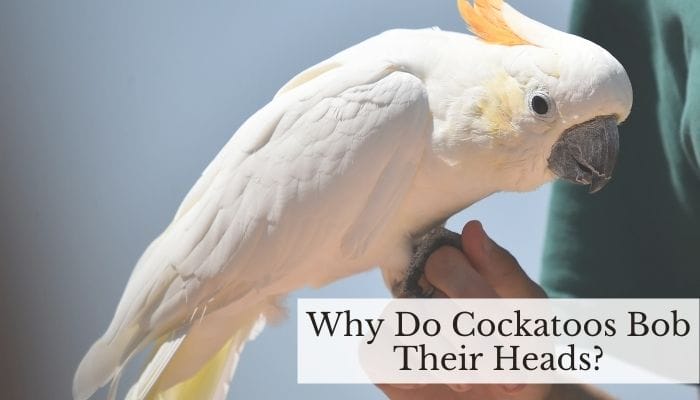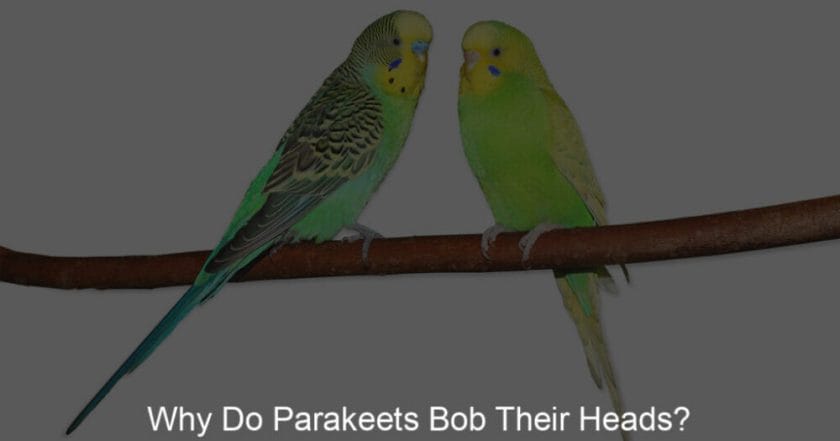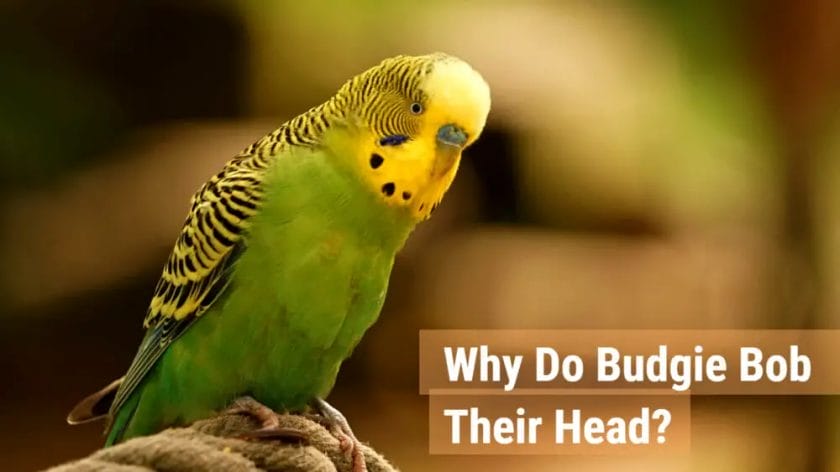Horses bob their heads when they walk to maintain balance and enhance their field of vision.
As they move forward, the head-bobbing motion helps them coordinate their movements and ensure that their weight is properly distributed.
This natural behavior is especially noticeable at faster speeds, where the head movement helps to absorb the impact of each stride and maintain stability.
Additionally, the head-bobbing motion allows horses to constantly adjust their visual perspective, scanning the ground for any obstacles or hazards.
Overall, head-bobbing is a mechanism that helps horses navigate their surroundings and move with efficiency and agility.

Understanding Equine Body Language: Head-Bobbing in Horses
As horse owners and enthusiasts, it is essential to understand the various forms of communication that horses use to express themselves. One of the most prominent methods of communication in horses is through body language. From their ears to their tail, every movement and gesture can convey a message to those who know how to interpret it.
In this section, we will delve deeper into one particular aspect of equine body language: head-bobbing. Head-bobbing is a behavior exhibited by horses that can provide valuable insights into their overall well-being and state of mind.
What is Head-Bobbing in Horses?
Head-bobbing refers to the rhythmic up and down movement of a horse’s head while in motion, particularly when trotting or cantering. This behavior is a natural response to the horse’s gait and can vary in intensity and frequency.
It is important to note that head-bobbing should not be confused with head-tossing, which is a more abrupt and irregular movement often associated with discomfort or pain. Head-bobbing, on the other hand, is a normal and regular motion that is inherent to the horse’s movement.
Interpreting Head-Bobbing Behavior
Head-bobbing in horses can convey several messages depending on the context and accompanying body language. Here are some common interpretations of head-bobbing behavior:
- Comfortable and Relaxed: When a horse is head-bobbing rhythmically and evenly, it generally indicates that the horse is comfortable, relaxed, and moving freely.
- Pain or Discomfort: In some cases, head-bobbing can be a sign of pain or discomfort. If the horse exhibits irregular or exaggerated head-bobbing, it is crucial to investigate further and address any potential underlying issues.
- Lameness: Head-bobbing can also be an indicator of lameness in horses. Lameness is a condition that affects the horse’s gait and movement, causing uneven weight distribution and resulting in exaggerated head-bobbing.
- Submission or Communication: In certain social interactions between horses, head-bobbing can be a submissive gesture or a means of communication. It can convey various messages such as a willingness to cooperate or a signal to back off.
Observing and Reacting to Head-Bobbing
As horse owners, it is vital to observe and interpret head-bobbing behavior accurately. Regularly monitoring your horse’s movement and paying attention to any changes in head-bobbing patterns can provide valuable insights into their well-being and potential issues.
If you notice any irregular or exaggerated head-bobbing, it is recommended to consult a veterinarian or equine professional to assess the horse’s condition and address any potential concerns. Prompt action and intervention can help prevent further discomfort or injuries.
In Summary
Head-bobbing in horses is a natural behavior that can provide valuable insights into a horse’s overall well-being and state of mind. By understanding the different interpretations of head-bobbing, horse owners can better communicate and care for their equine companions.
Remember to always observe and react to any changes or irregularities in head-bobbing patterns. Consulting with professionals when necessary ensures the health and happiness of your horse.

The Science Behind Horse Head-Bobbing: Exploring the Reasons
Horses are majestic beings that have captured the hearts of humans for centuries. Their graceful movements and powerful presence make them fascinating creatures to observe. One of the intriguing behaviors exhibited by horses is head-bobbing, where they rhythmically move their heads up and down. In this section, we will delve into the science behind this peculiar behavior and explore the reasons behind it.
The Anatomy of Head-Bobbing
Before we can understand the reasons behind head-bobbing, it is essential to grasp the anatomy of a horse’s head and neck. The horse’s head is connected to its neck by a series of muscles, tendons, and ligaments that enable a wide range of movements.
When a horse bobs its head, it is primarily using the muscles in its neck to initiate the up and down movement. These muscles contract and relax in a coordinated manner, creating the distinctive bobbing motion. The angle and frequency of the head-bobbing may vary between individuals, but the underlying mechanism remains the same.
Reasons Behind Head-Bobbing
Head-bobbing in horses can have various causes, including physiological and behavioral factors. Here are a few possible reasons behind this intriguing behavior:
- Visual Acuity: One of the primary reasons horses bob their heads is to enhance their visual acuity. By moving their heads up and down, they can adjust their field of view and gather more information about their surroundings. This behavior is particularly useful when horses are navigating unfamiliar or potentially hazardous terrain.
- Balance and Coordination: Head-bobbing can also serve as a way for horses to maintain balance and coordination. The rhythmic movement helps them synchronize their body movements, especially during high-speed activities such as galloping or jumping. By bobbing their heads, horses can distribute their weight effectively and maintain equilibrium.
- Communication: Horses are highly social animals and rely on various forms of communication to interact with one another. Head-bobbing can be a part of their communication repertoire, signaling their mood, intentions, or establishing dominance within a herd. It serves as a visual cue that other horses can interpret and respond to accordingly.
- Physical Discomfort: In some cases, head-bobbing may be a result of physical discomfort or pain. Horses may exhibit this behavior as a way to alleviate discomfort or draw attention to a specific area of discomfort. It is crucial for horse owners and handlers to pay attention to other signs of distress or injury if head-bobbing persists.
- Training and Habit: Head-bobbing can also be a learned behavior through training or habit. Some horses may have been taught to bob their heads as a response to specific cues or commands. Additionally, horses may develop habitual head-bobbing as a self-soothing mechanism or a way to release energy.
Head-bobbing in horses is a captivating behavior that has both physiological and behavioral explanations. It serves various purposes, including enhancing visual acuity, maintaining balance and coordination, communication, and potentially addressing discomfort. Understanding the science behind head-bobbing can deepen our appreciation for the complexity of horse behavior and aid in better horse care and training practices.

Uncovering the Secrets: What Causes Horses to Bob Their Heads?
Have you ever noticed a horse bobbing its head while trotting or pacing? It’s a curious behavior that has intrigued equestrians and researchers alike. In this section, we will delve into the reasons behind this head-bobbing phenomenon and explore the various factors that can cause horses to exhibit this behavior.
1. Natural Movement
One of the primary reasons horses bob their heads is simply due to their natural movement patterns. When a horse is in motion, especially when trotting or pacing, its head naturally moves up and down in sync with its strides. This movement helps the horse maintain balance and rhythm as it moves forward.
2. Training and Riding Techniques
Another factor that can contribute to head-bobbing in horses is the way they are trained and ridden. Improper or harsh riding techniques can cause discomfort or pain, leading to the horse shifting its head or bobbing up and down as a way to cope with the discomfort.
Additionally, horses that have been trained to work in certain disciplines, such as dressage or show jumping, may exhibit head-bobbing as a response to specific cues or movements required in those disciplines.
3. Physical Issues
Head-bobbing can also be a symptom of underlying physical issues or health conditions in horses. Dental problems, such as malocclusions or sharp teeth, can cause discomfort while the horse is eating or carrying a bit, resulting in head-bobbing.
Other physical issues that can contribute to head-bobbing include lameness, neck or back pain, and ear infections. Horses may compensate for the discomfort by altering their head position or bobbing their heads.
4. Behavioral or Emotional Factors
Horses are sentient beings with emotions and can exhibit behavioral or emotional responses that manifest as head-bobbing. Stress, anxiety, fear, or excitement can cause a horse to bob its head as a way to release tension or exhibit a particular behavior pattern.
Some horses may develop a habit of head-bobbing due to boredom or frustration, especially when confined to a small space or lacking mental stimulation.
5. Breed and Individual Variations
Finally, it is worth noting that certain horse breeds or individual horses may be more prone to head-bobbing than others. Some breeds, such as Standardbreds or Tennessee Walking Horses, are known for their high-stepping gaits, which can naturally involve more noticeable head movements.
Additionally, individual horses may have their unique quirks or habits that contribute to head-bobbing, regardless of breed or training.
In summary, there are several factors that can cause horses to bob their heads. Natural movement patterns, training techniques, physical issues, behavioral or emotional factors, and breed or individual variations all play a role in this behavior. Understanding the reasons behind head-bobbing can help horse owners and riders identify any underlying issues and provide appropriate care and training for their equine companions.
5. Head-Bobbing in Horses: A Closer Look at the Behaviour and Possible Explanations
Head-bobbing is a common behavior observed in horses that has intrigued both equestrians and researchers alike. In this section, we will delve into the intricacies of head-bobbing, exploring its possible causes and explanations.
1. What is Head-Bobbing?
Head-bobbing refers to the repetitive up-and-down motion of a horse’s head while in motion. This behavior can be observed during various activities such as walking, trotting, or cantering. The degree and frequency of head-bobbing can vary among individual horses.
2. Possible Causes of Head-Bobbing
Although head-bobbing is a complex behavior with multiple contributing factors, several potential causes have been proposed. Let’s take a closer look at some of these possible explanations:
a. Lameness and Pain
One common theory suggests that head-bobbing is a response to lameness or pain. Horses may exhibit this behavior as a way to alleviate discomfort or redistribute weight. Lameness can result from various issues, including hoof problems, joint inflammation, or muscle soreness.
b. Respiratory Conditions
Another hypothesis links head-bobbing to respiratory issues such as allergies, lung disease, or obstruction of the airway. It is thought that the motion helps open the air passage and facilitate breathing, providing relief to the horse.
c. Trained Behaviour
Some experts believe that head-bobbing can be learned behavior or a response to training methods. Horses may have been inadvertently rewarded for this behavior in the past, leading to its persistence. Others argue that it could be a natural response to the rider’s cues or the horse’s anticipation of a particular action.
3. Research and Studies
Scientists have conducted various studies to gain a better understanding of head-bobbing in horses. These studies often involve observing horses in different conditions and analyzing their gait patterns, physiological responses, and pain thresholds.
One study found a correlation between head-bobbing and lameness, supporting the theory that pain or discomfort may be a significant contributor to this behavior. Another study explored the relationship between head-bobbing and respiratory conditions, observing that horses with such issues exhibited more pronounced head movements.
4. Management and Treatment
Managing head-bobbing in horses requires a comprehensive approach. Identifying and addressing the underlying cause is crucial for effective treatment. This often involves consultations with veterinarians, farriers, and trainers.
If lameness or pain is suspected, a thorough examination of the horse’s musculoskeletal system should be conducted. Treatment may involve rest, medication, or corrective shoeing. In cases related to respiratory conditions, veterinary intervention and proper management strategies can help alleviate symptoms and reduce head-bobbing episodes.
5. Conclusion
In summary, head-bobbing in horses is a behavior that warrants attention and investigation. While the exact cause and significance of this behavior are still not fully understood, several possible explanations have been proposed. Further research is needed to shed more light on this intriguing behavior and its implications for equine welfare and management.
FAQs
Why do horses bob their heads when they walk?
Horses bob their heads when they walk to maintain balance and to synchronize their movements. It helps them absorb the impact of each step and distribute their weight evenly. Bobbing their heads also helps them see obstacles on the ground and adjust their stride accordingly.
Conclusion:
In conclusion, the head-bobbing motion of horses during walking serves a crucial purpose. It is a natural and essential biomechanical action that ensures their balance and stability while moving. By synchronizing the movement of their limbs with the motion of their neck and head, horses maintain their momentum and minimize the risk of tripping or stumbling.
This rhythmic motion also allows horses to distribute their weight efficiently and conserve energy during prolonged periods of locomotion. Moreover, the head-bobbing can be indicative of a horse’s soundness and overall health, as deviations in the motion may suggest underlying issues that require attention.
Understanding why horses bob their heads when they walk helps us appreciate the incredible adaptations and biomechanics of these majestic creatures.
